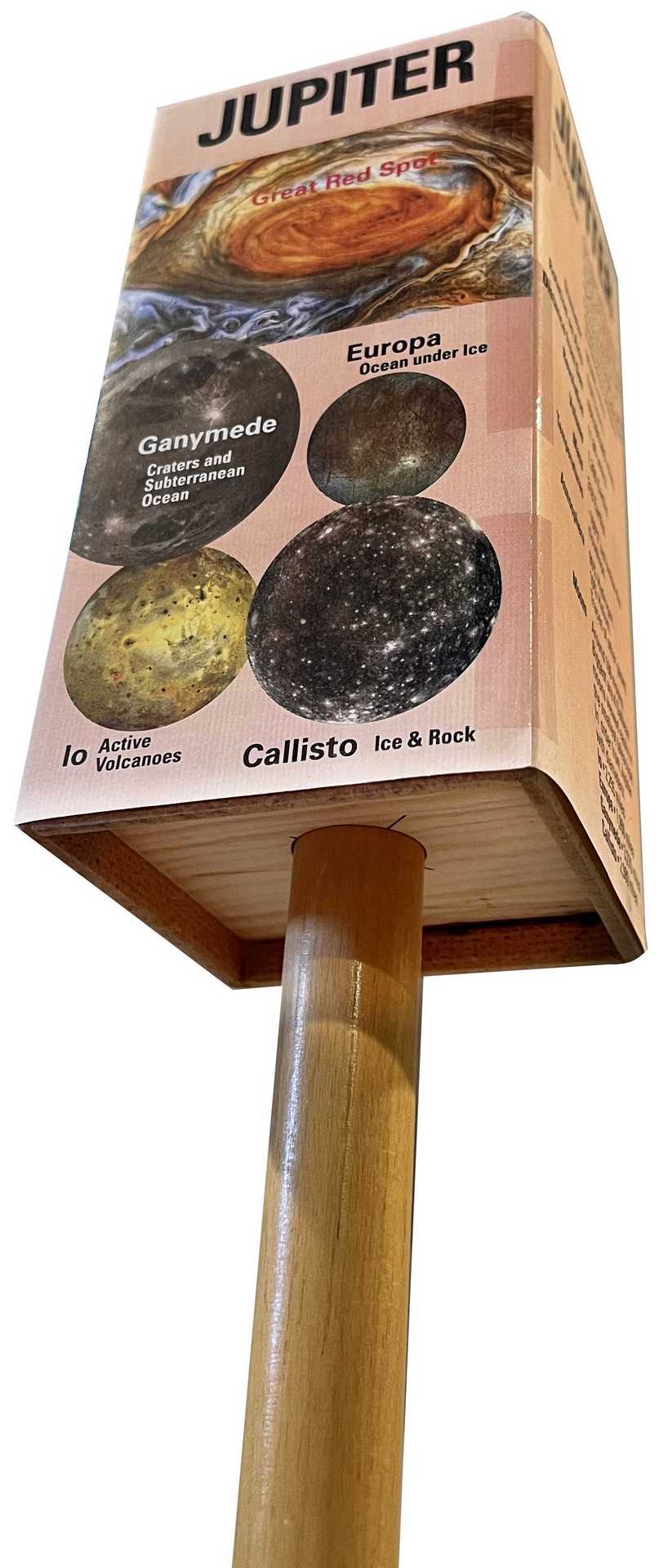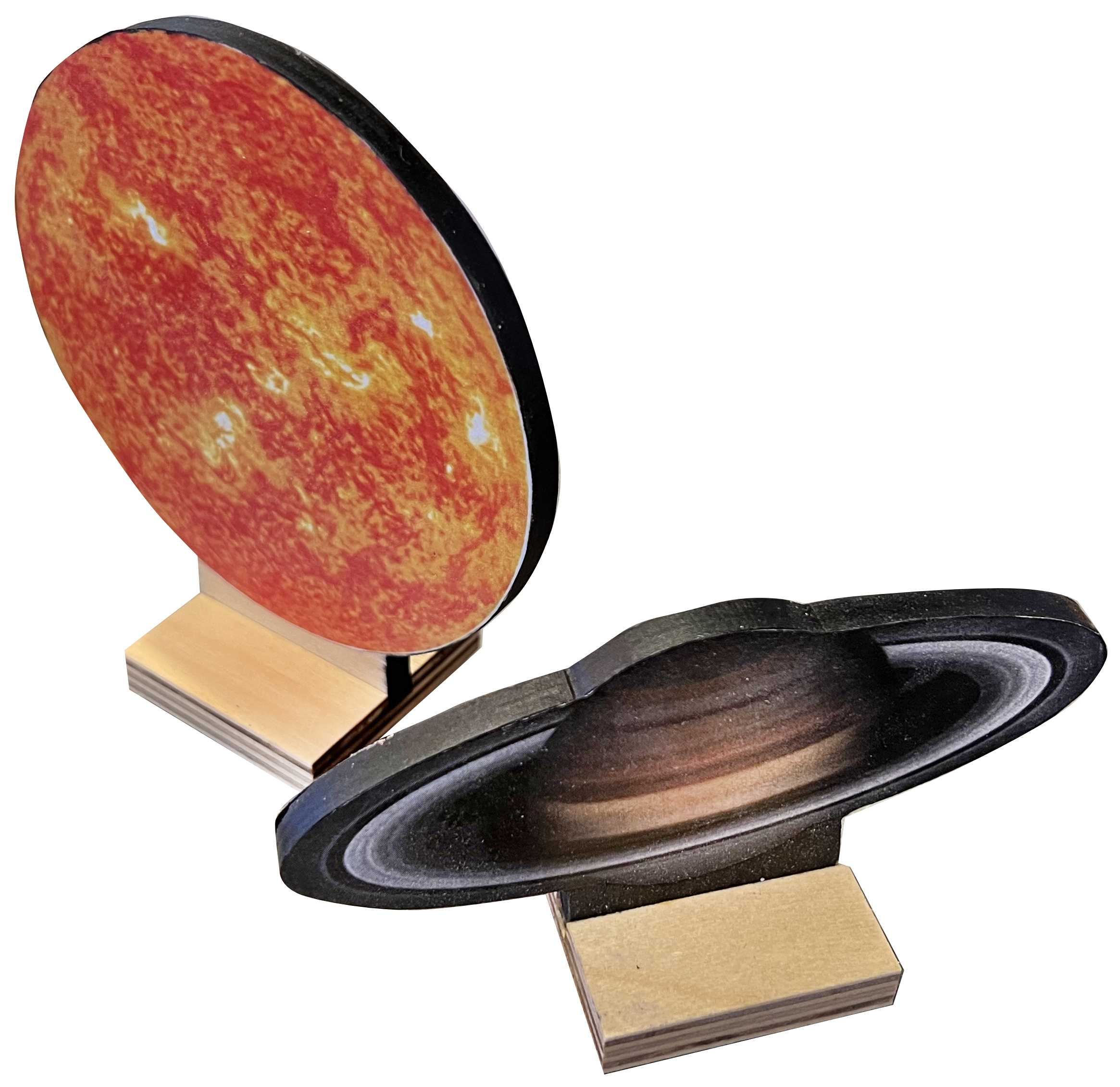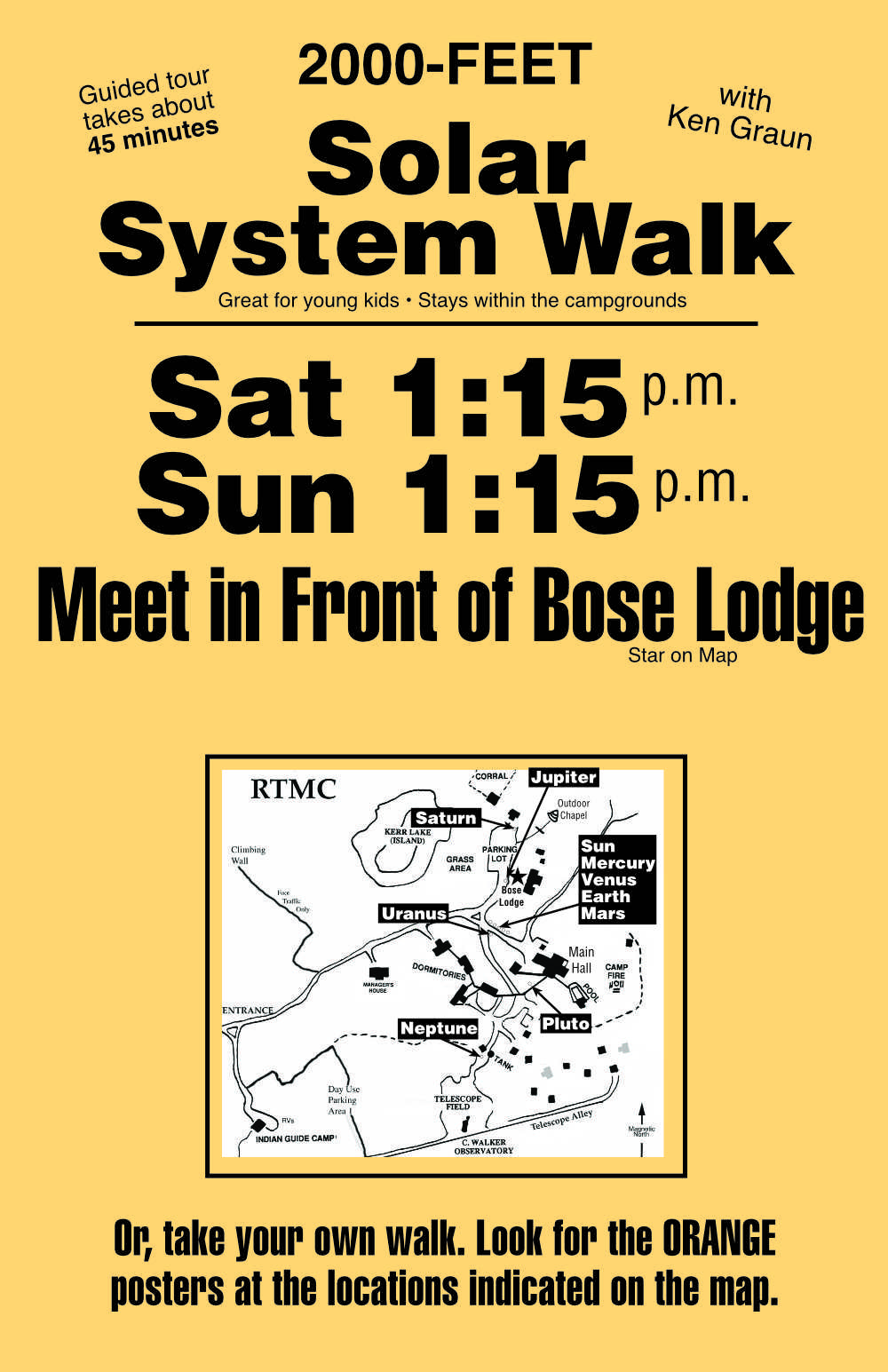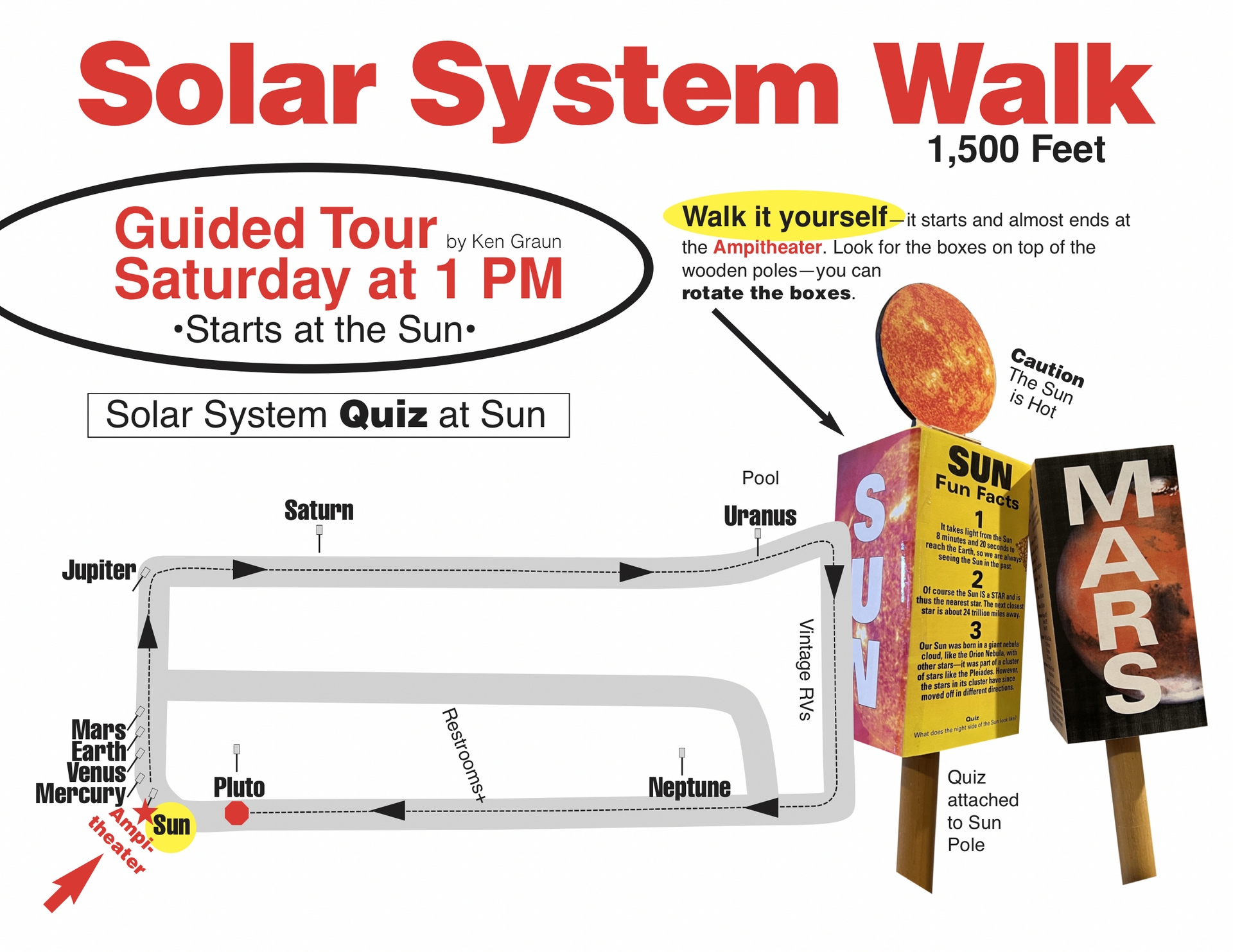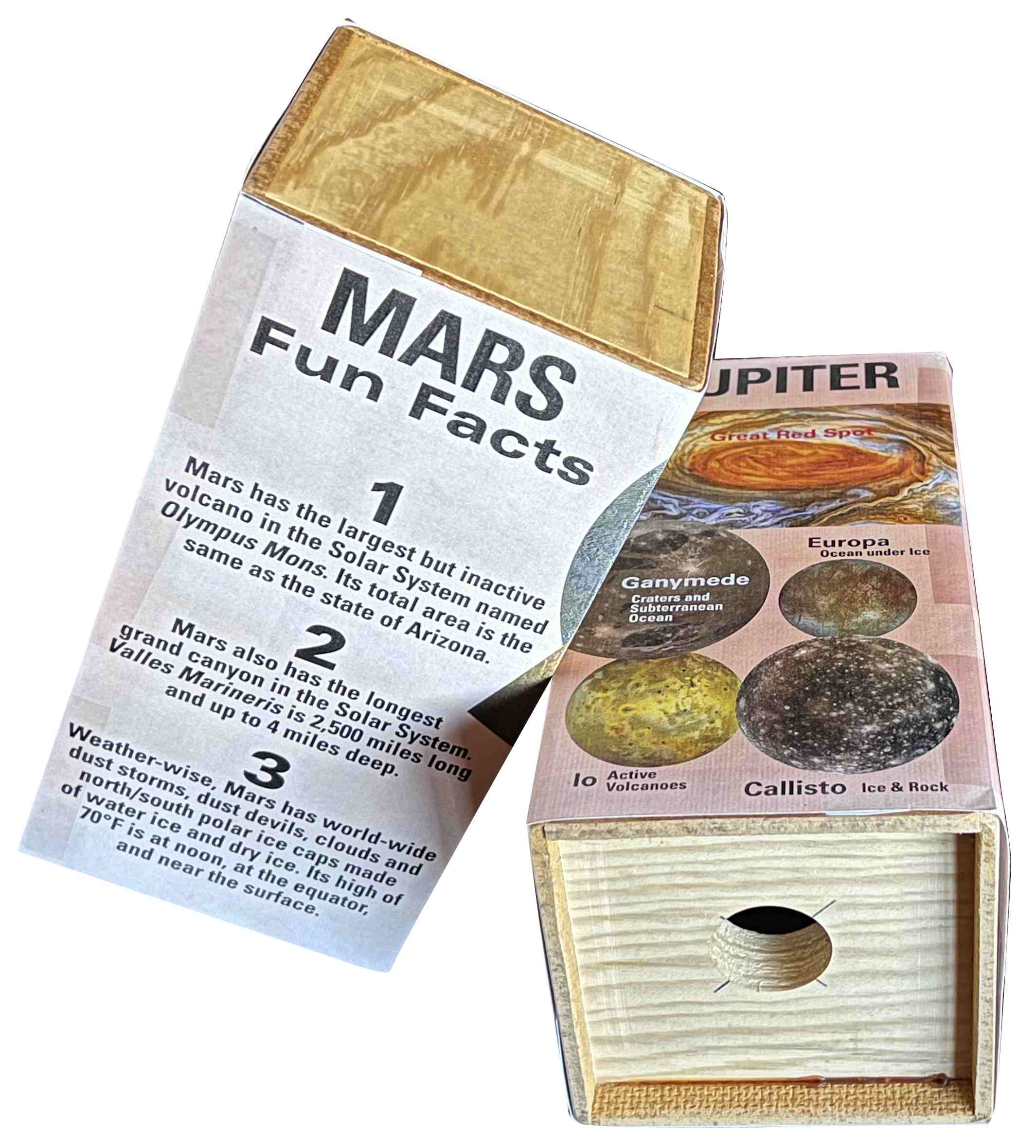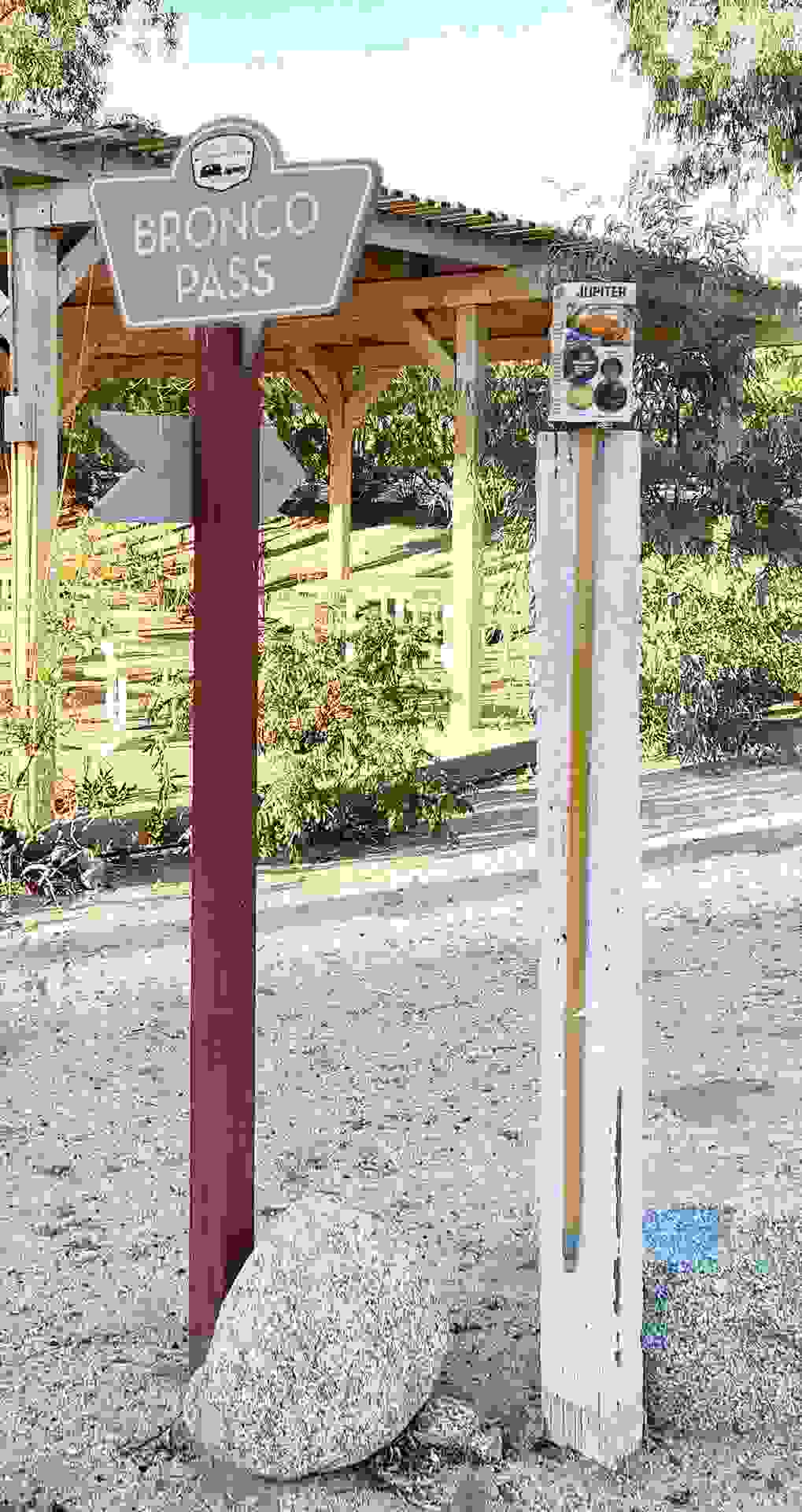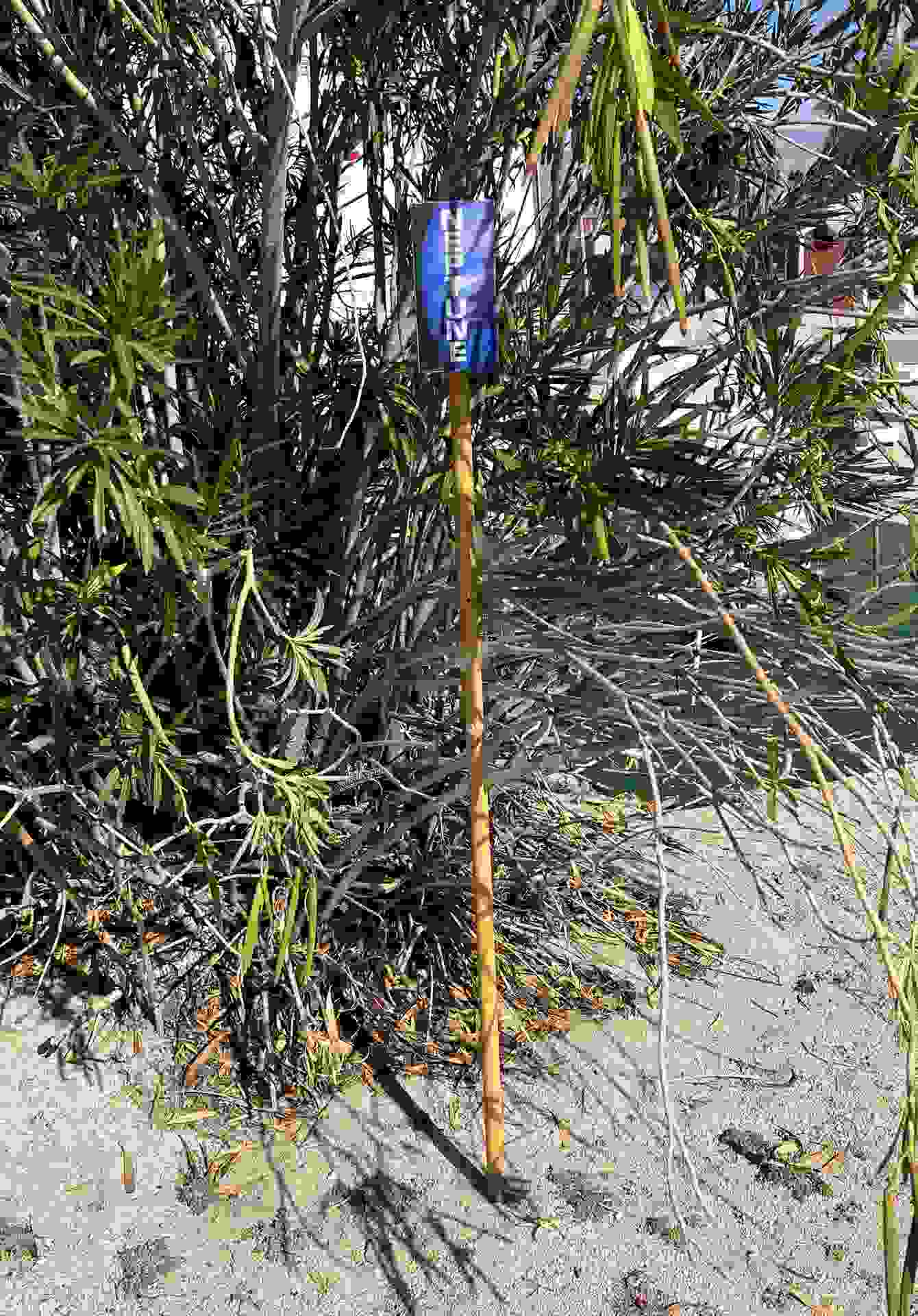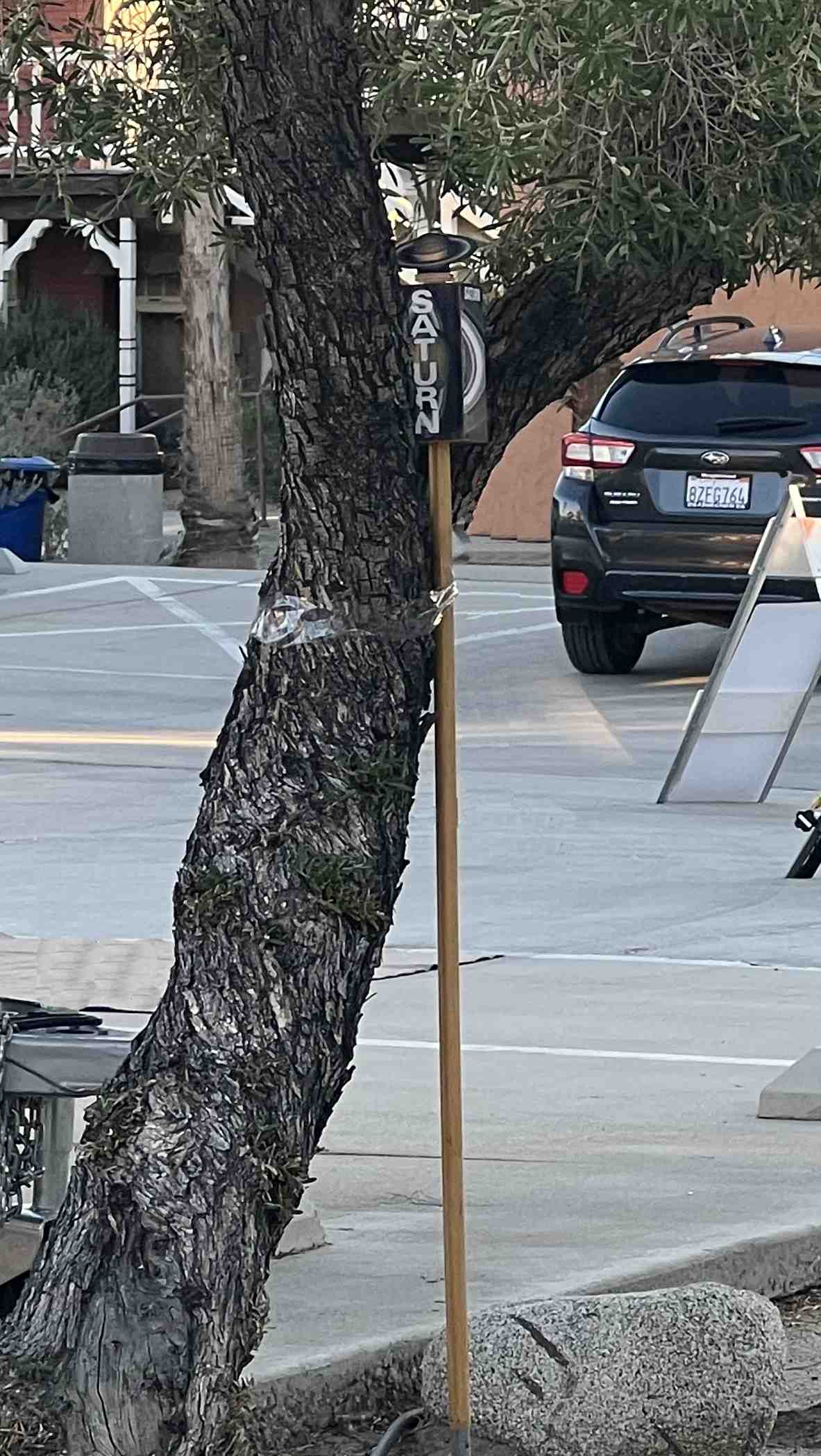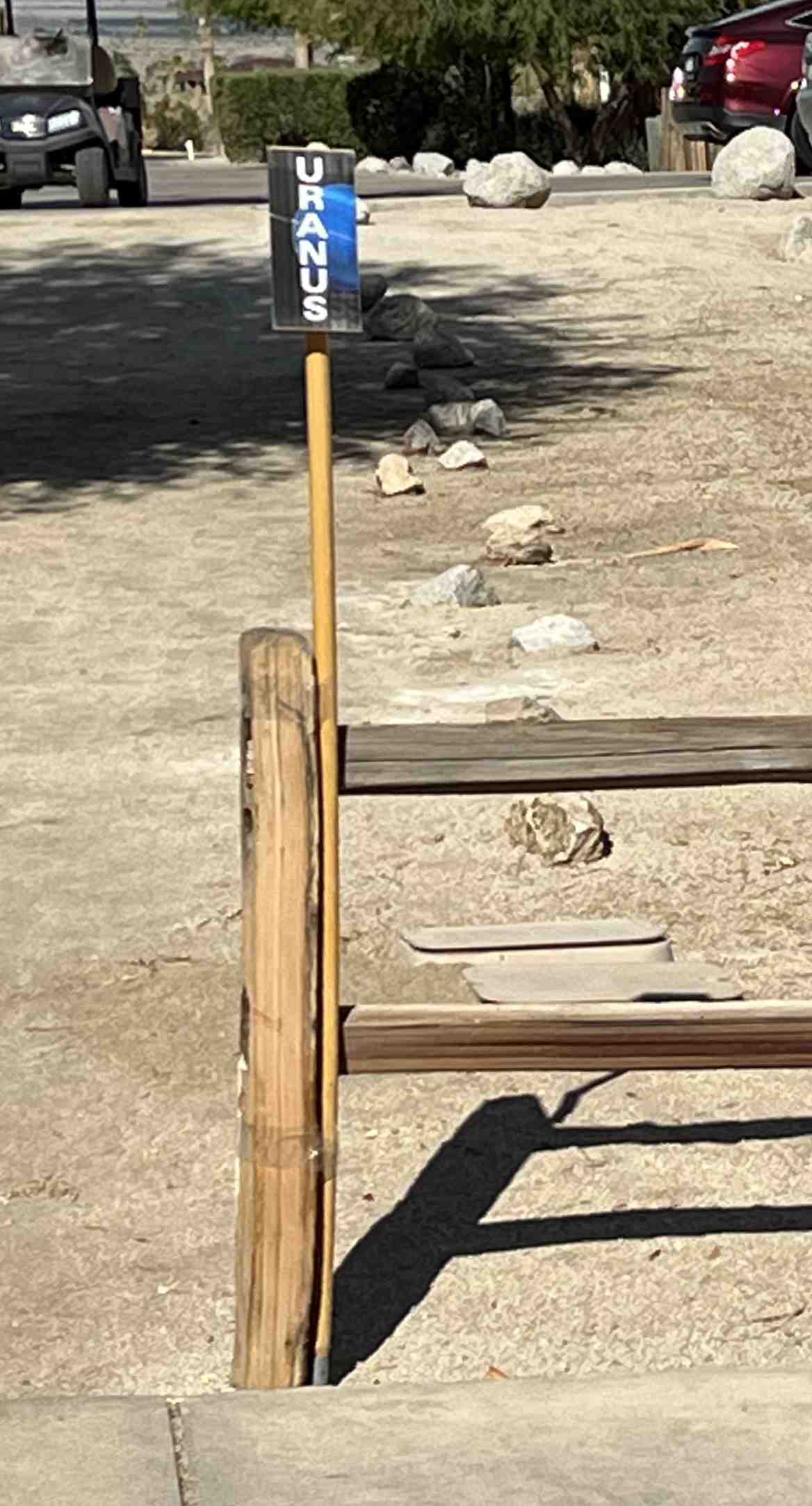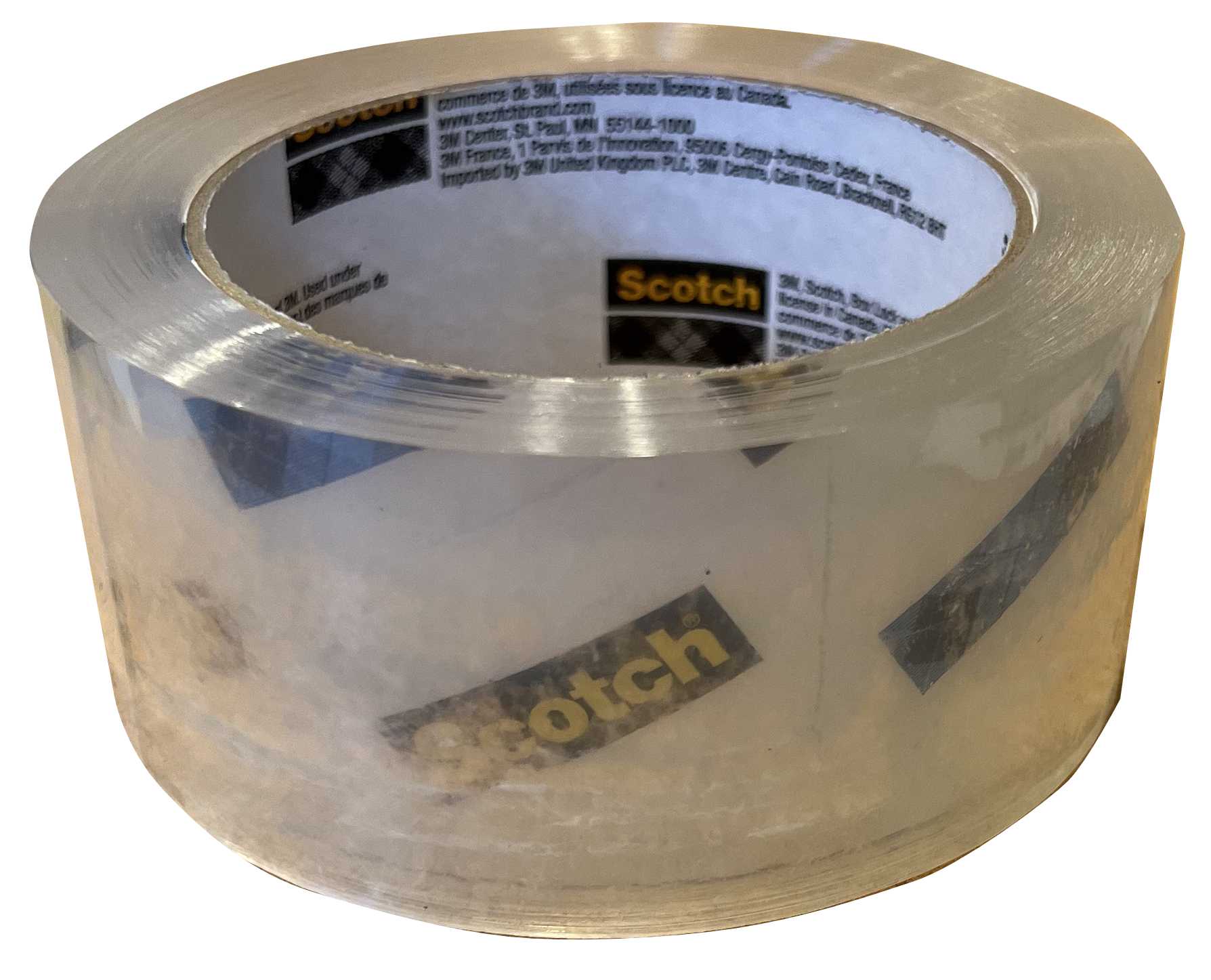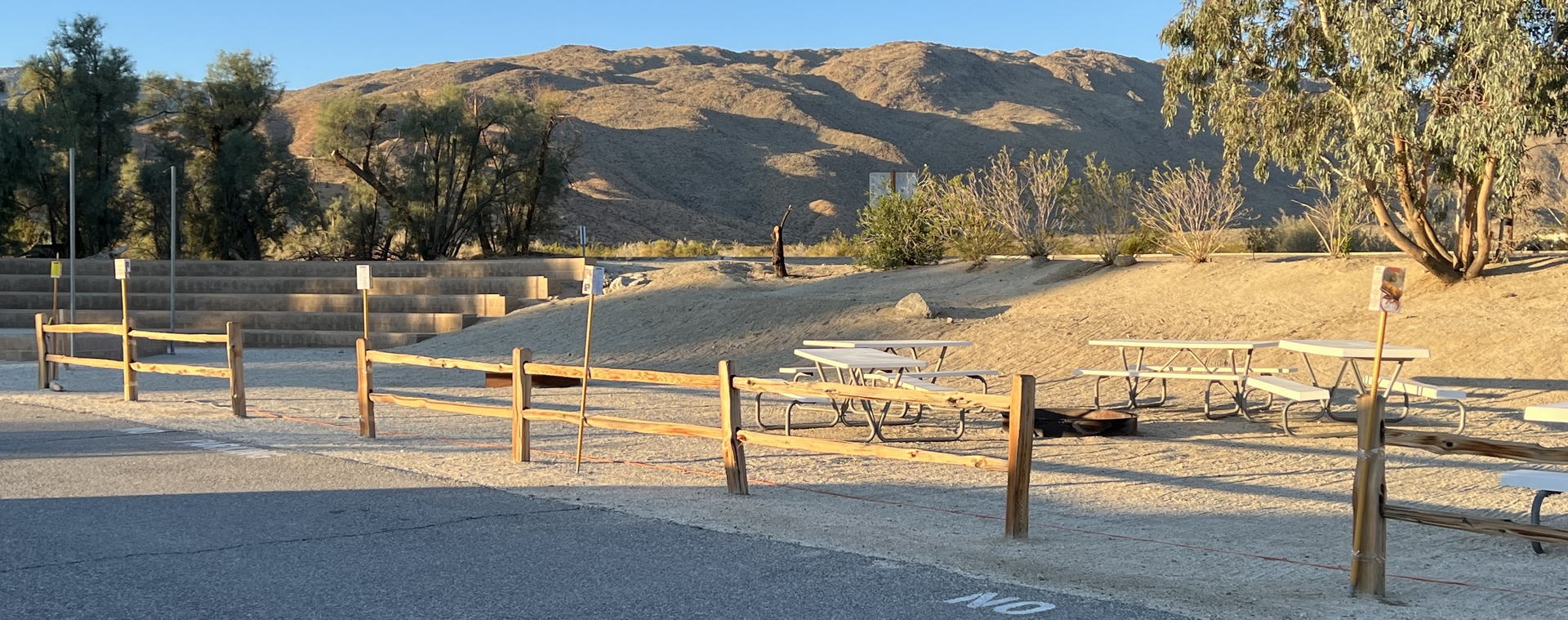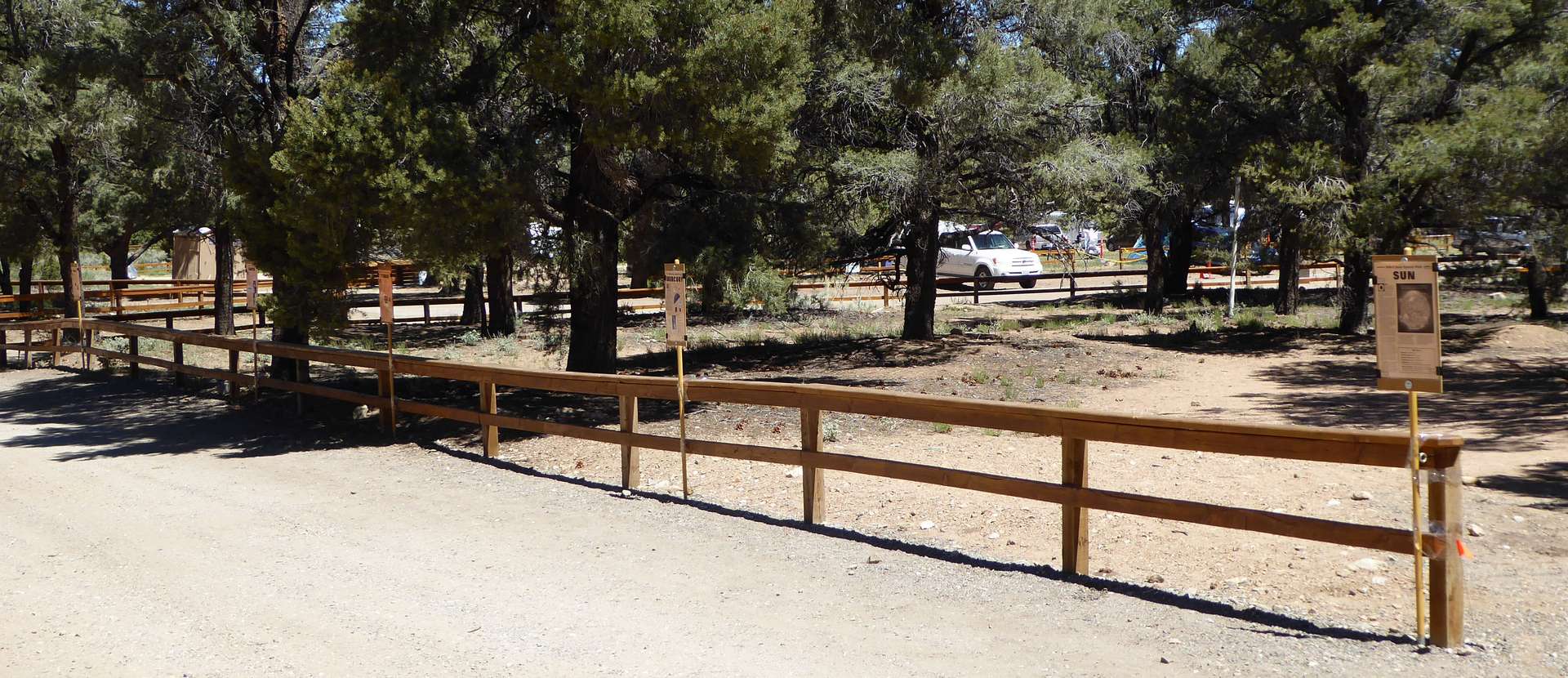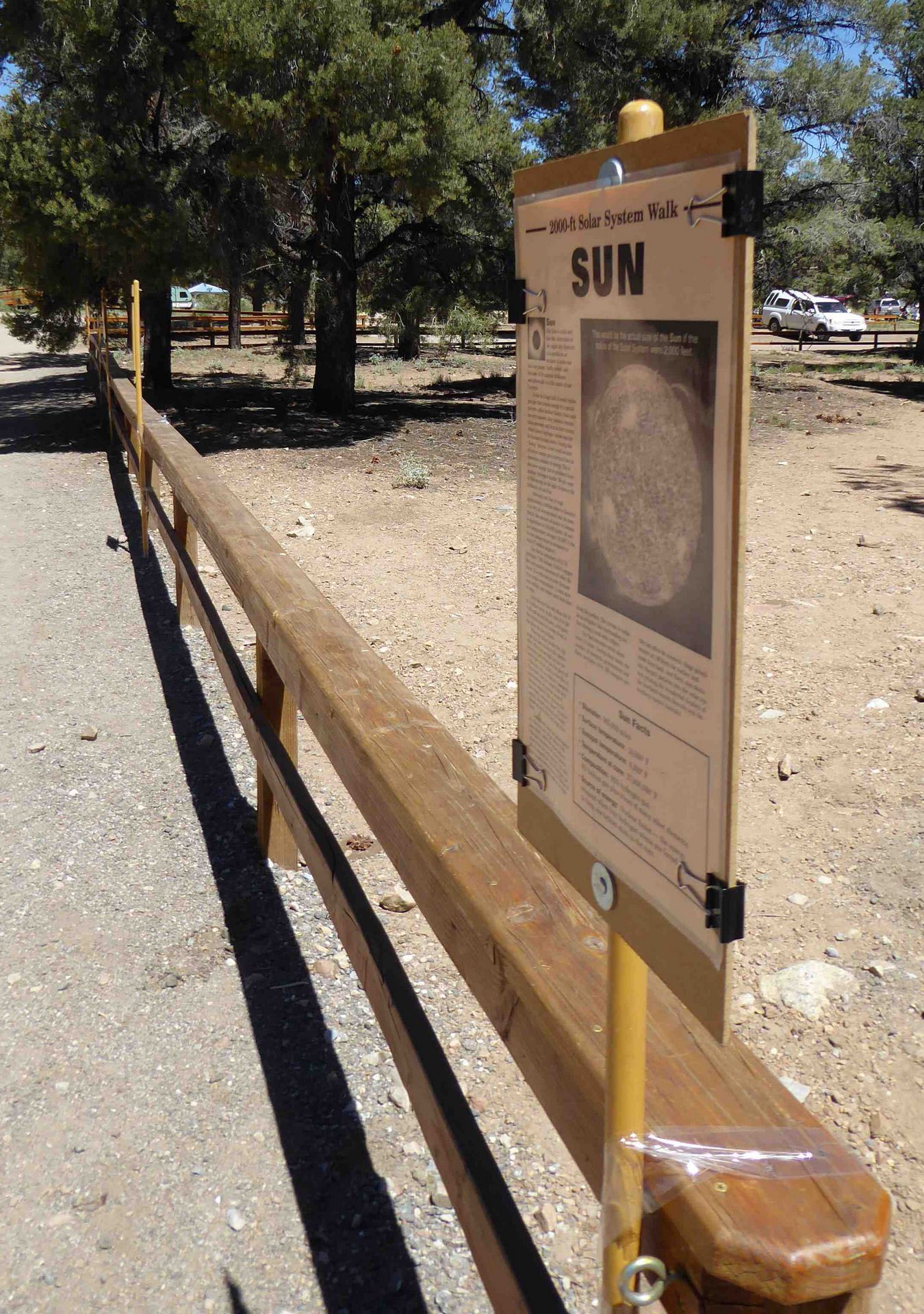Distance & Size Calculations
Distances from
Sun for 100 Foot Solar System
Actual
Distance from Sun
in
MILES
Diameter of Sun and Planets for 100 Foot Solar System
Actual
Diameter
in
MILES
Sun
Mercury
Venus
Earth
Mars
Jupiter
Saturn
Uranus
Neptune
Pluto
Moon
Moon's Orbit
Proxima Centauri, the nearest star
865,278 3,032
7,521
7,926
4,228
88,844
74,900 31,764 30,777
1,433
2,160
240,000
133,426
—
35,980,000 67,230,000
92,955,800 141,640,000 483,630,000
886,680,000 1,783,950,000 2,794,350,000
3,674,490,000
—
—
25.3 trillion miles
—
1.00 foot
1.83 feet
2.53 feet
3.85 feet
13.16 feet
24.13 feet
48.55 feet
76.0 feet
100.0 feet
—
—
130 MILES
7.1628 millimeters
0.0253 millimeters
0.0625 millimeters
0.0658 millimeters
0.0351 millimeters
0.7370 millimeters
0.6212 millimeters
0.2633 millimeters
0.2554 millimeters
0.0119 millimeters
0.0179 millimeters
3.9700 millimeters
1.105 millimeters
CALCULATING Distances & Diameters of Solar System Bodies+
for Different Lengths of the Solar System Walk
1
The Yellowish and Pinkish columns above represent the distances and sizes of the “bodies” if the radius of the Solar System is 100 feet, that is, the distance you would walk from the Sun to Pluto.
NOTES
A.
The DISTANCES are in feet because most US tape measures are in feet. The DIAMETERS are in millimeters because these can be fairly small and these number would be much smaller and more confusing if expressed in inches.
B. I highly recommend that your Solar System Walk is between 1,000 and 2,000 feet to make the diameter of the “bodies” visible to the eye and to make the distances between planets more pronounced especially for the Gas Giants (Jupiter, Saturn, Uranus, and Neptune).
2
The two colored columns above represent the distances and diameters for a 100 foot long Solar System. To calculate other distances/diameters, simply divide your Solar System Walk length by 100 (feet) and multiply this number with ALL values in the two colored columns.
Example 1: Your Solar System Walk from the Sun to Pluto is 500 feet. 500÷100 = 5 times. Multiple all the values in the two colored columns by 5 to get your distances and diameters.
Example 2: Your Solar System Walk from the Sun to Pluto is 750 feet.
750÷100 = 7.5 times. Multiple all the values in the two colored columns by
7.5 to get your distances and diameters.
